Exploring Chanticleer Gardens: A Hidden Gem in Wayne, PA
Nestled in Wayne, PA, just a short drive from Philadelphia, Chanticleer Gardens offers visitors a peaceful, lush retreat from bustling urban life. Known as a "pleasure garden," Chanticleer boasts exquisite landscapes, creative plantings, and a rich history that makes it one of the most unique gardens in the region. But what really sets Chanticleer apart is its blend of horticultural beauty, innovative programming, and community involvement.
The History of Chanticleer Gardens
The estate was originally the summer home of Adolph Rosengarten, Sr., a pharmaceutical magnate, and his wife, Christine. They purchased the land in 1912, naming it Chanticleer after the estate in the novel Thérèse Raquin by Émile Zola, which means "rooster" in French. The gardens were initially created to provide a beautiful backdrop for their home, but they have since evolved into a public space dedicated to education, art, and the appreciation of nature. The property opened to the public in 1993 after Adolph Rosengarten, Jr. left the estate to be transformed into a public garden upon his death in 1990.

What Makes Chanticleer Unique?
Unlike many botanical gardens, Chanticleer Gardens stands out for its informal, creative design. It’s often referred to as a "pleasure garden" because it’s designed to inspire joy and serenity, rather than serve as a traditional plant collection. Chanticleer encourages innovation and experimentation, allowing its horticulturists to express themselves artistically in the landscapes they create.
Each section of the garden has its own personality, from the Teacup Garden—an intimate space that features tropical plants and annuals—to the Ruins Garden, which evokes a mysterious, aged ambiance with stone walls and sculptures. The attention to detail in every corner of Chanticleer adds to its immersive, artistic atmosphere.
Points of Interest
- The Teacup Garden: The garden includes a picturesque tea house that serves as a focal point. The tea house provides a cozy spot for visitors to rest and enjoy the view. The Tea Garden features flower beds with a variety of plants, including annuals, perennials, and ornamental grasses. Seating areas are strategically placed to offer views of the garden and provide spots for relaxation.
- The Ruin and Gravel Garden: The Ruins Garden is situated on the grounds of Chanticleer Garden. The garden was created in the remains of the original Chanticleer mansion, following a fire that destroyed much of the structure in the late 20th century. Rather than fully restoring the mansion, the idea of the Ruins Garden was to preserve its essence and integrate it into a garden setting. The space is designed to evoke a sense of mystery, nostalgia, and beauty by merging architectural fragments with plantings. A key feature of the Ruins Garden is the reflecting pool, which mirrors the surrounding structures and plants. The garden is planted with a variety of perennials, ornamental grasses, and shade-loving plants that thrive in the partial light created by the structures.
- Asian Woods: The Asian Garden at Chanticleer emphasizes the relationship between nature and architecture, utilizing natural materials and the seamless integration of plant life with structural features. The garden is designed with several key elements that are characteristic of Asian gardens: water elements, stones and gravel, and plants. Benches and tranquil spots are placed throughout the garden for relaxation and contemplation, encouraging visitors to take in their surroundings.
- The Cut-Flower and Vegetable Garden: This section of the garden focuses on growing flowers that can be cut and used for fresh arrangements, making it both practical and beautiful. The primary goal of the Cut Flower Garden is to provide a steady supply of fresh blooms for flower arrangements displayed throughout the Chanticleer Estate, particularly in the house and visitor areas. It offers a continuous variety of flowers that can be harvested throughout the growing season. The garden includes a wide range of plants, from annuals that provide quick bursts of color to perennials that return each year, and even flowering shrubs that offer structure and lasting blooms. Many of the flowers in the Cut Flower Garden are chosen not only for their beauty but also for their ability to attract pollinators like bees and butterflies, contributing to the garden’s ecological health. Aromatic plants such as lavender, rosemary, and mint are grown in the garden to provide fragrant elements for flower arrangements.
- The Pond Garden: The garden aims to provide a peaceful, contemplative environment that uses water as a focal point while integrating plants and artistic elements to enhance the atmosphere. At the heart of the garden is a still pond, which serves as both a visual centerpiece and a reflective surface, amplifying the beauty of the plants and structures around it. The pond is home to a variety of water plants, such as water lilies, lotus, and aquatic grasses. These plants not only add texture and color but also provide important habitats for local wildlife like frogs, insects, and birds. The edges of the pond are lined with dense plantings of ferns, grasses, and moisture-loving plants like hostas and irises. These plants soften the transition from water to land and create a green backdrop. The Pond Garden features stone paths that meander around the water, allowing visitors to enjoy views from different angles and get close to the water’s edge.
- Bell's Woodland: This area of the estate offers a peaceful retreat into a more untamed, woodland environment, contrasting with the more formal gardens seen elsewhere on the grounds. It emphasizes the beauty of native trees, shrubs, and wildflowers while providing a habitat for local wildlife. The garden was created to honor Adolph Rosengarten Jr., whose love of nature and appreciation for the woodlands inspired this space. The woodland is filled with native trees such as oaks, maples, and hickories, which create a shaded canopy. In the spring and early summer, the woodland floor comes alive with wildflowers like trillium, Virginia bluebells, and bloodroot. These plants not only add color but also support local pollinators and other wildlife. A small stream runs through Bell’s Woodland, providing moisture for the plants and adding the soothing sound of running water. Winding paths made of wood chips and natural materials guide visitors through the woodland.
- Serpentine Garden: The garden takes its name from the serpentine, or winding, layout of its paths and plant beds. The Serpentine Garden is notable for its bold and often unexpected plant combinations. Each bed within the serpentine design is filled with a seasonal mix of perennials, annuals, and grasses that change throughout the year. The Serpentine Garden is known for its innovative use of plants, often incorporating unusual or less common species into the design. Tropical plants like banana trees, cannas, and elephant ears are paired with hardy perennials and annuals. The plantings are carefully selected to create bold color combinations that change throughout the season. Bright purples, deep reds, and vivid oranges are common themes in summer, while autumn brings more muted tones of gold, burgundy, and rust.
A Personal Experience
One of the most distinguishing aspects of Chanticleer is the way the garden evolves through the seasons, making it a different experience with every visit. The horticulturists regularly rotate plantings and add new elements, so no two visits are the same. Unlike some larger gardens that can feel formal or rigid, Chanticleer is intimate and accessible, encouraging visitors to slow down and truly absorb their surroundings.
The staff is also an integral part of the experience. Horticulturists are often on-site, happy to answer questions or give impromptu tours. Their creative influence is seen throughout the garden, from whimsical stonework to hand-made furniture and signage.
Plan Your Visit
Chanticleer is open from April through October, offering plenty of opportunities to see how the gardens transform through the seasons. It’s closed on Mondays and Tuesdays but welcomes visitors Wednesday through Sunday. Parking is limited, so we recommend making a reservation in advance.
The garden’s accessibility and emphasis on casual exploration make it an excellent spot for families, couples, and individuals looking for a peaceful escape. Whether you’re a gardener, an artist, or just someone who enjoys spending time in nature, Chanticleer is a must-see destination in Wayne, PA.
References:
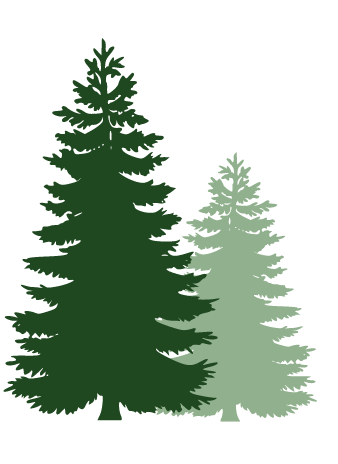
Sign up for monthly newsletters!
From easy tree care practices to fun DIY projects, we've got something for everyone.

Sign up for monthly newsletters!
From easy tree care practices to fun DIY projects, we've got something for everyone.
Sign up for monthly newsletters!
From easy tree care practices to fun DIY projects, we've got something for everyone.
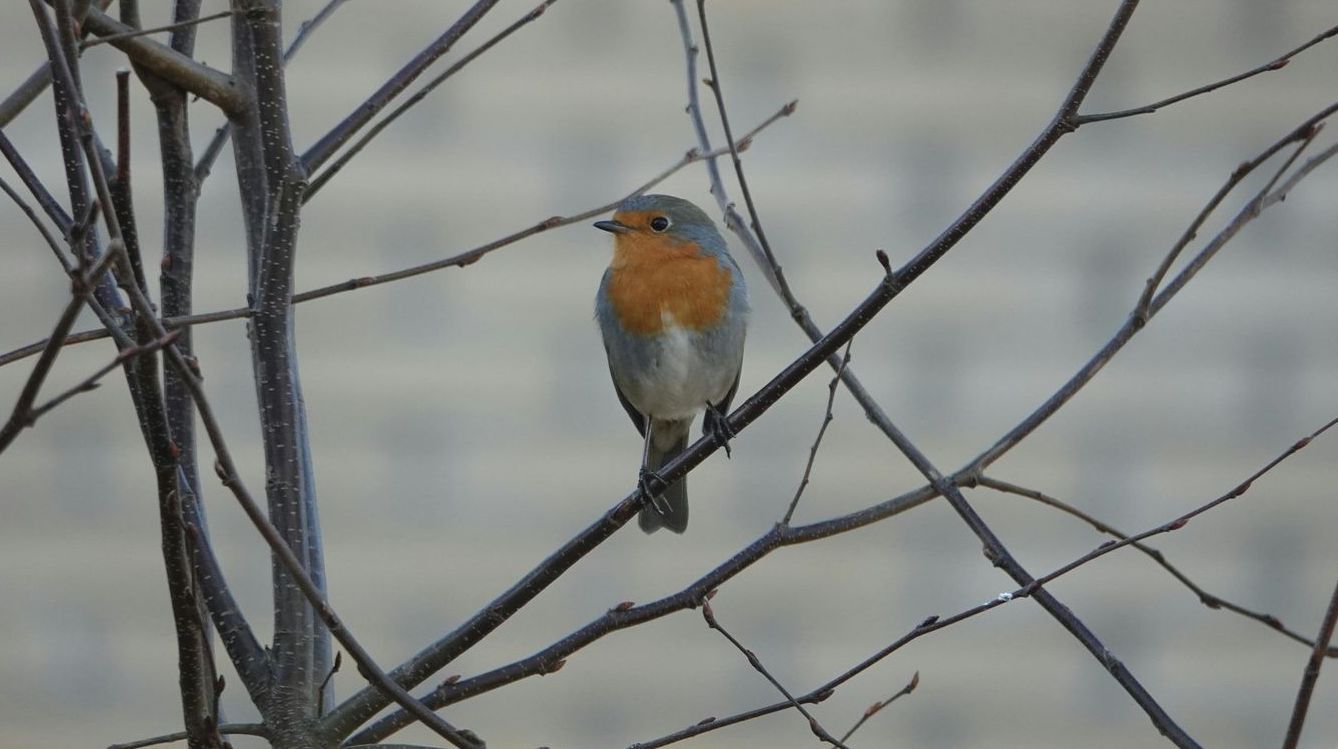
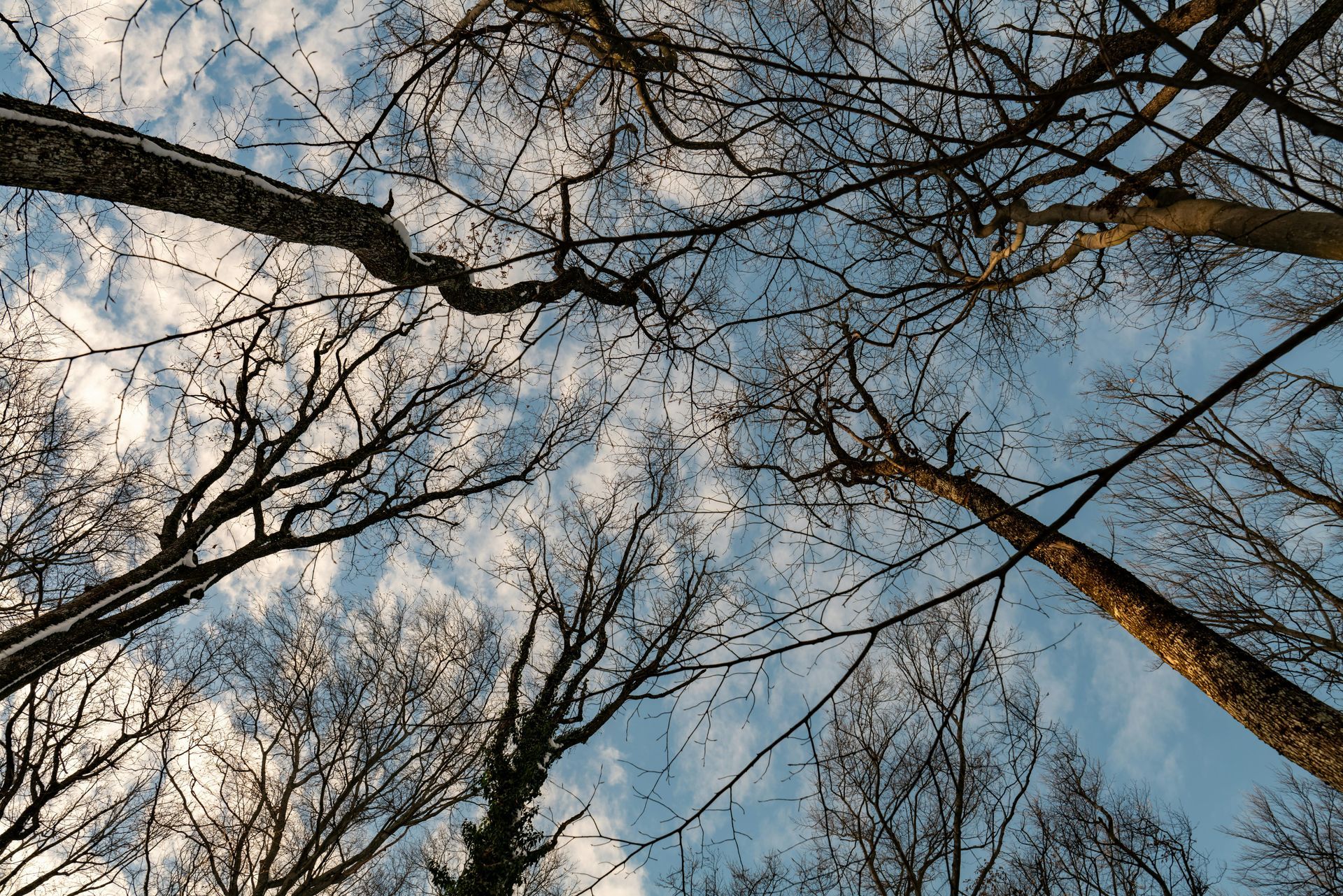
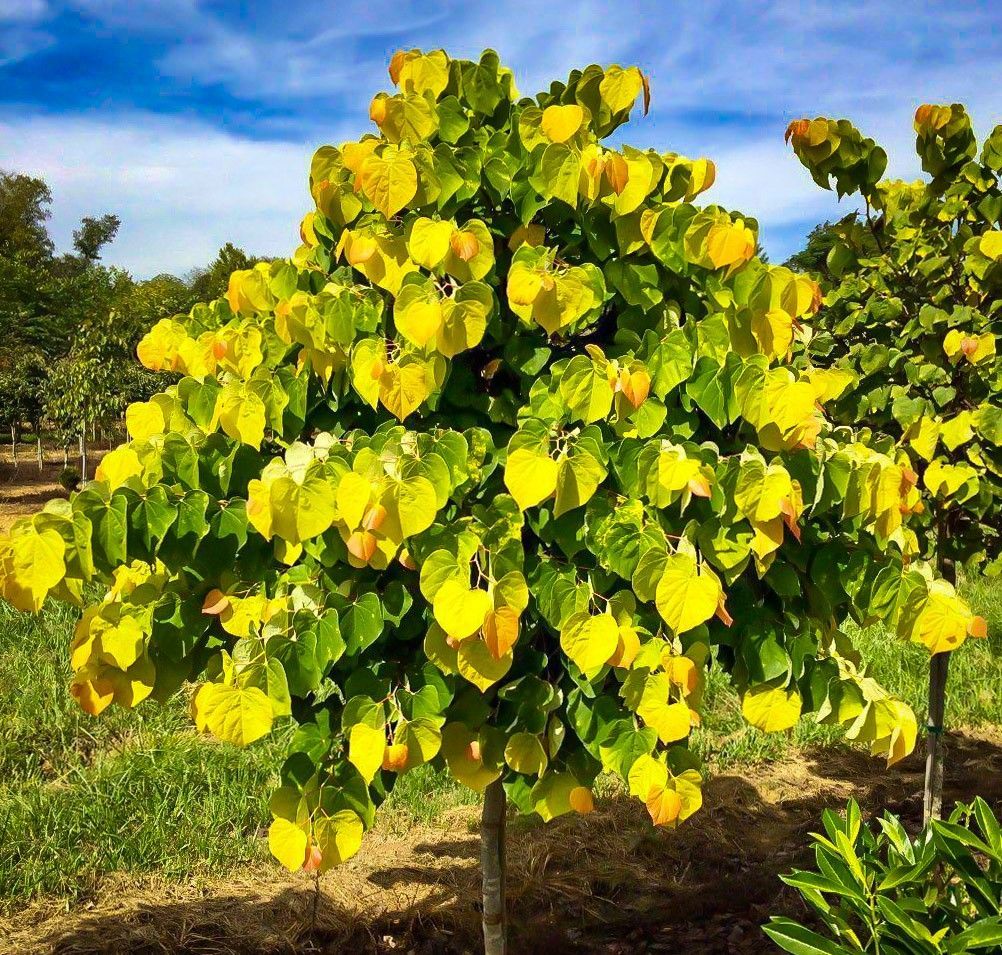





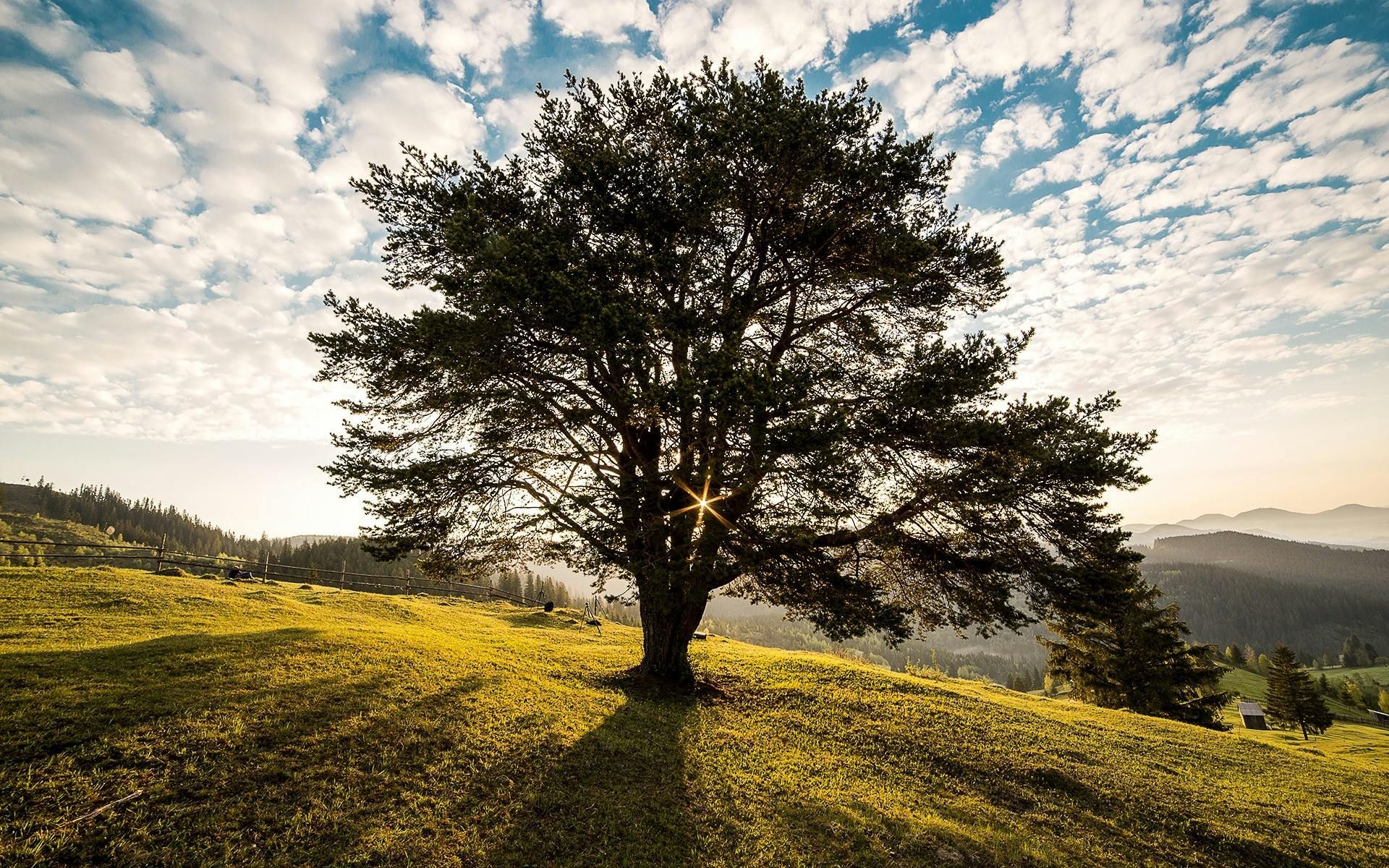

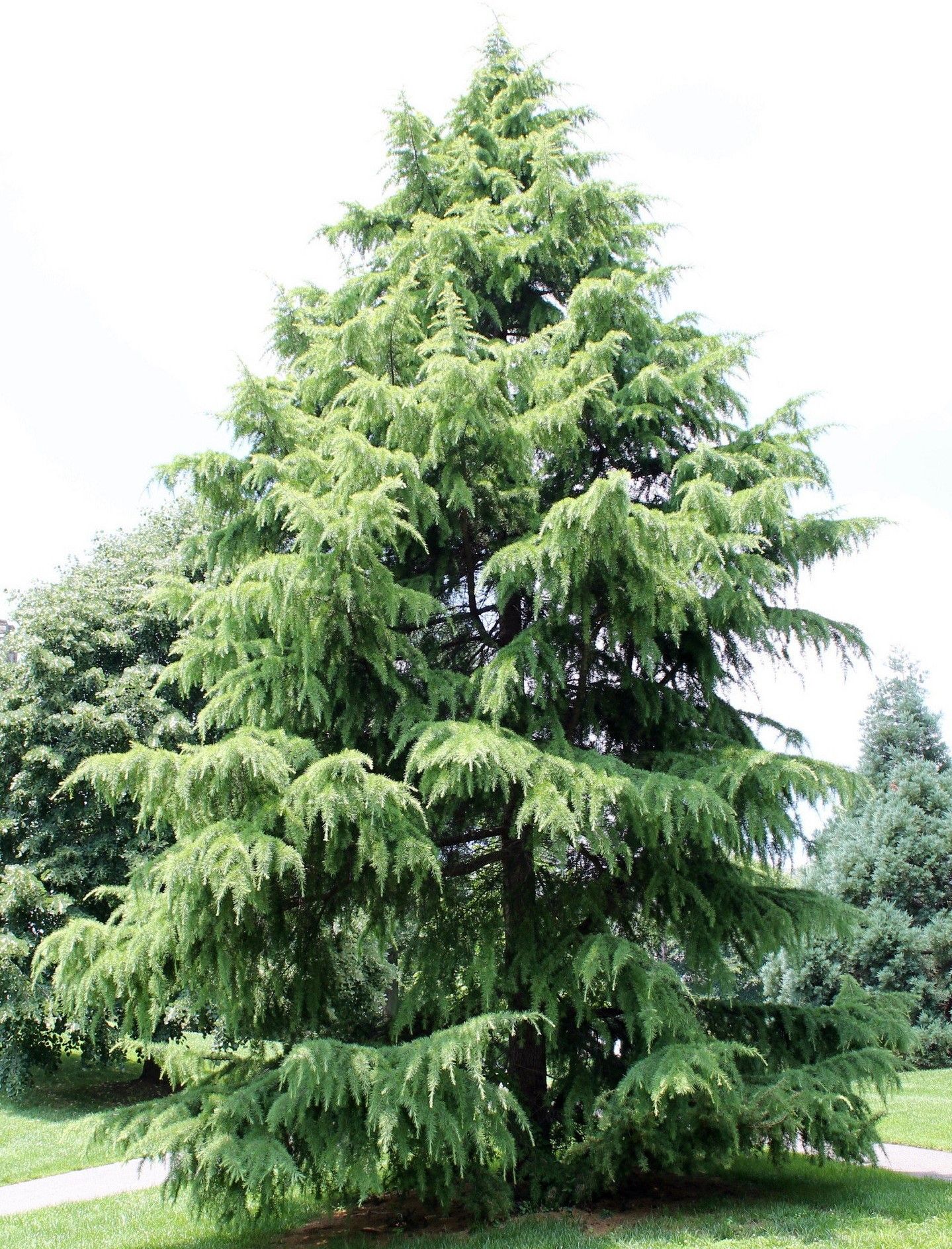
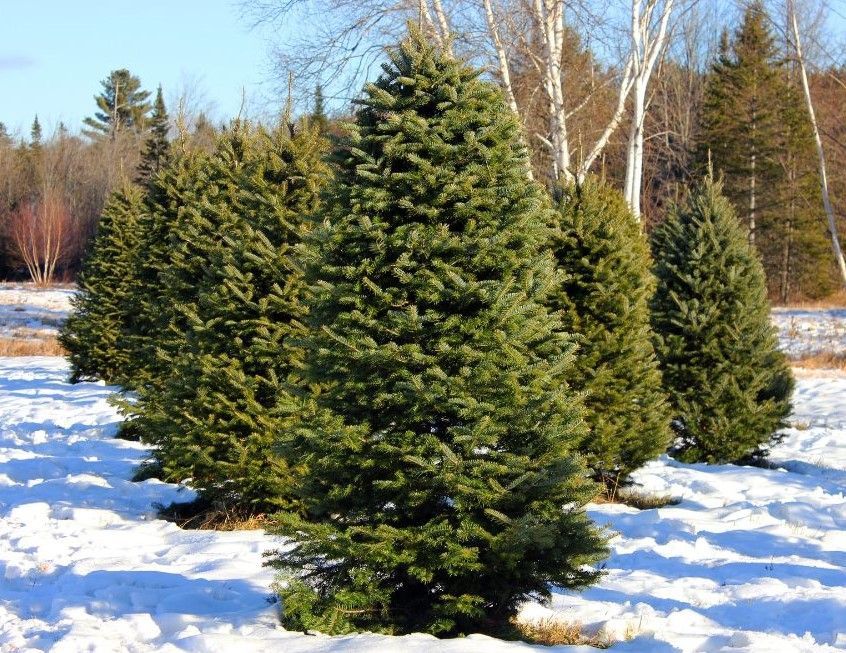
WHAT WE DO
WHO WE ARE
Join the Tree Society newsletter
Get monthly articles on the latest in the tree care industry, curated by people deeply passionate about environmental stewardship.
WHAT WE DO


